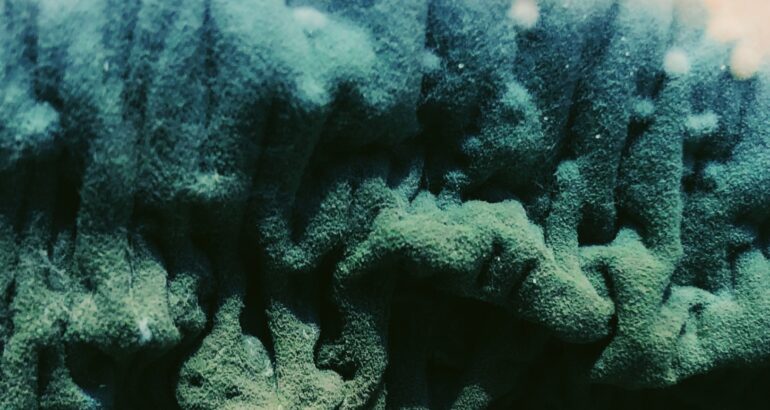
- by John Bittner
How to Remove Mold From Roof - Comprehensive Guide
Discovering mold on your roof is distressing, impacting your home’s appearance and potentially causing health issues. Understanding how to remove mold from a roof is crucial, and with the right approach, you can restore your roof’s cleanliness. However, mold removal requires safety measures and expertise. That’s why we recommend hiring Bittner Roofs, an expert metal and asphalt shingle roofer, for professional mold removal. For those opting for the DIY route, here are the steps to effectively tackle mold.
Step 1: Protect Your Plants and Soil
Before you begin the mold removal process, it’s essential to safeguard your plants and soil from any potential chemical exposure. Mold removal often involves using chemicals such as bleach, which can be harmful to plants and vegetable gardens. To protect them, thoroughly splash water on the plants closest to your house. This water barrier will shield them from any bleach solution that may come in contact with the roof.
Step 2: Apply a Bleach Solution to the Roof
Before applying any bleach solution to your roof, take appropriate safety precautions. Wear a protective mask to prevent inhalation of bleach fumes and gloves to protect your skin. In a 4-liter bucket, mix 1/4 cup of chlorine bleach with 3/4 cup of water. Optionally, you can add a spoon of trisodium phosphate for added effectiveness. Transfer the solution to a pump sprayer and evenly spray it on your roof shingles or tiles.
Step 3: Let the Solution Soak and Rinse
After applying the bleach solution, allow the shingles or tiles to soak for approximately 15 minutes. This soaking period is crucial in removing mold from a roof, as it helps break down the mold and algae. Following the soaking time, rinse the rooftop thoroughly, ensuring low water pressure to prevent water seepage. Start rinsing from the peak of the roof and work your way down. To check if any mold remains, run your hand over the shingles or tiles. If you encounter a slimy texture, there may still be mold present. In such cases, reapply the de-molding agent and let it soak for an additional 10 minutes before rinsing again.
Step 4: Allow the Roof to Dry
After the cleaning process, it is crucial to allow the roof to dry completely. Even if the roof appears slimy initially, drying will help eliminate any residual moisture. If you have an asphalt roof, it is advisable to avoid using chlorine bleach, as it can potentially damage the material. Instead, consider alternative options such as sodium hydroxide or lye. If you prefer non-chemical alternatives, there are several bleach-free products available on the market. Carefully evaluate and select the most suitable option for your needs.
Step 5: Consult Experts at Bittner Roofs
For a hassle-free and expert solution to your mold removal needs, it is highly recommended to consult the roofers at Bittner Roofs. As a trusted roofing company specializing in metal roofing and asphalt shingle roofing, we have the expertise and equipment to effectively address mold issues. Our experienced shingle roofer team will assess the extent of mold growth, provide tailored solutions, and ensure the long-term integrity of your roof. Whether you need mold removal, roof installation, replacement, or repairs, rely on Bittner Roofs for exceptional service.
Conclusion
Removing mold from your roof is a crucial step in maintaining the integrity and aesthetics of your home. Knowing how to remove mold from a roof allows you to effectively eliminate mold growth and prevent further damage. However, if you require professional assistance or prefer to entrust the task to experts, we recommend considering professional roofing companies. Here at Bittner Roofs, we specialize in the installation, replacement, maintenance, and repairs of metal and asphalt shingle roofs. Contact us today.


